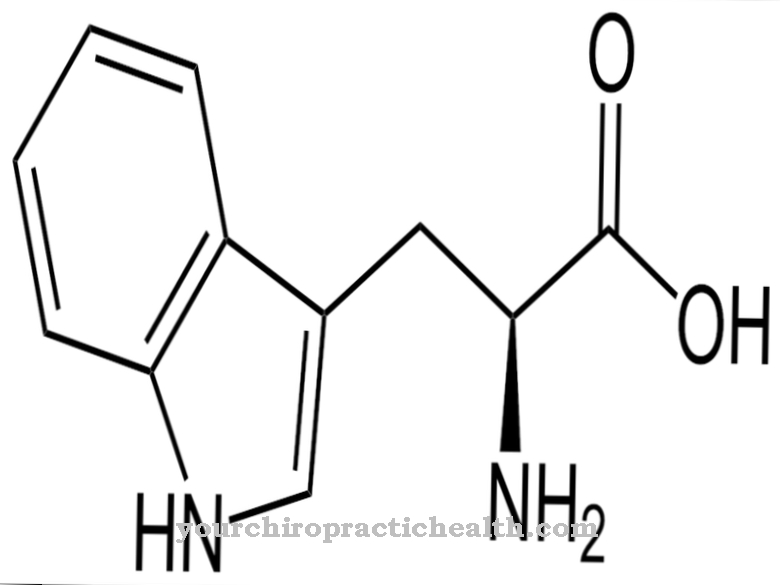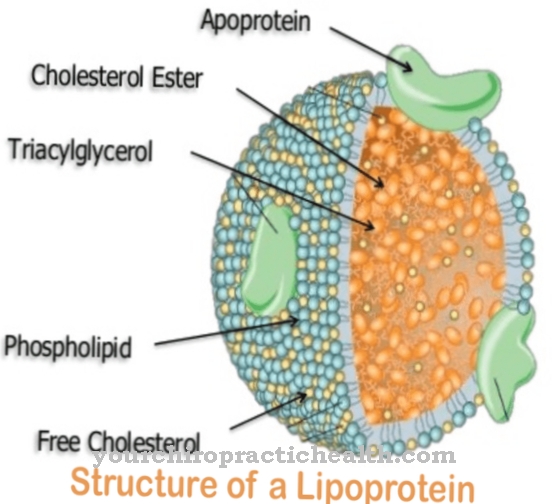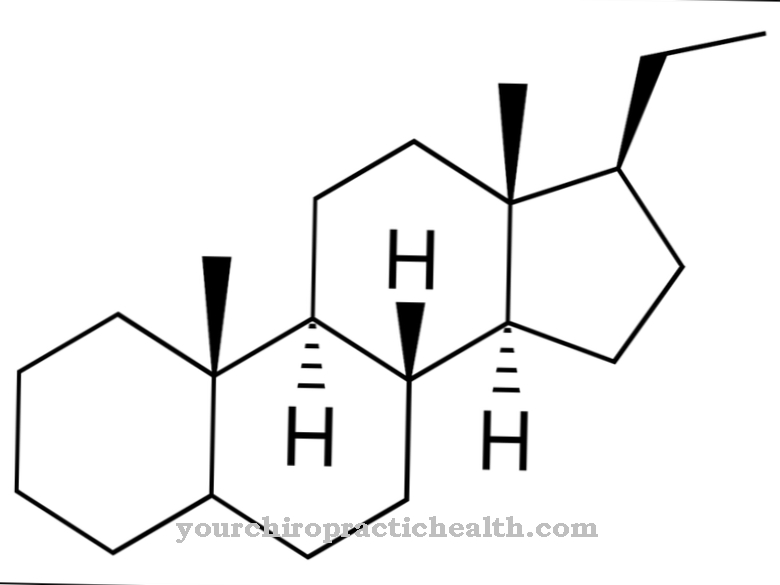As Vitamin E. is the name of a group of substances that are also called tocopherols (from the Greek words for 'birth' and 'bring') in technical terminology.
How vitamin E works

The term vitamin E encompasses 16 different fat-soluble substances, four of which are particularly important for the human organism.
Vitamin E has antioxidant properties: it binds free radicals (aggressive oxygen molecules) in the body, which are responsible for aging processes, deficiency symptoms and various diseases.
Natural vitamin E can only be formed by photosynthetic plants - however, it is also contained in the membranes of most living things through food intake. Vitamin E is mainly stored in the liver and adipose tissue - this allows the body to create deposits that are used in times of low vitamin E intake.
meaning
The property of vitamin E to bind free radicals - which are formed, for example, by smoking, sun exposure or stress - can help to inhibit corresponding secondary diseases such as heart disease or cancer. In a healthy organism, free radicals are usually rendered harmless by the body's own substances. This ability can be limited, among other things, in the presence of various chronic diseases.
For example, this can be the case with people with diabetes mellitus or lipid metabolism disorders, but also with people who are exposed to chronic stress. A sufficient vitamin E supply is therefore particularly important here.
In addition to a protective function on unsaturated fatty acids, vitamin E is said to have a positive influence on the functions of the gonads of the body. This is why the vitamin is also known as the anti-sterility vitamin.
Furthermore, vitamin E has positive effects on the body's defenses and can thus help to reduce the risk of vascular deposits and a possible subsequent arteriosclerosis. Positive results from the administration of vitamin E were also found in the supportive treatment of the skin disease neurodermatitis. Vitamin E can also be found in skin care products. It is assumed that the vitamin absorbed by the skin has a protective effect on the cell membranes.
After all, a sufficient supply of vitamin E is also important in popular or competitive sport: In addition to the health-promoting aspects of sport, free radicals can form in the body during exercise, which can be absorbed by vitamin E, so to speak. Due to its properties, vitamin E is sometimes also referred to as the fitness vitamin.
Occurrence in food
Vitamin E is mainly contained in vegetable oils based on unsaturated fatty acids; these include, for example, sunflower or corn kernel oil, but also margarine. Vitamin E is also found in hazelnuts, almonds and vegetables. An example of animal foods containing vitamin E is butter.
Vitamin E is heat-resistant up to temperatures of around 130 ° Celsius - foods cooked with water therefore show no loss of vitamin E. When baking, care should be taken to ensure that frying oils, for example, do not exceed the critical temperature limit. According to the recommendations of the German Nutrition Society (DGE), a healthy adult's adequate supply of vitamin E is around 12 milligrams per day; pregnant women usually show an increased need.
With a healthy diet, the body's own vitamin E requirement is usually sufficiently covered. In addition to natural vitamin E, vitamin E can also be supplied to the body in the form of dietary supplements. According to statistics, only around 50 percent of Germans get enough vitamin E through their diet.
























.jpg)



